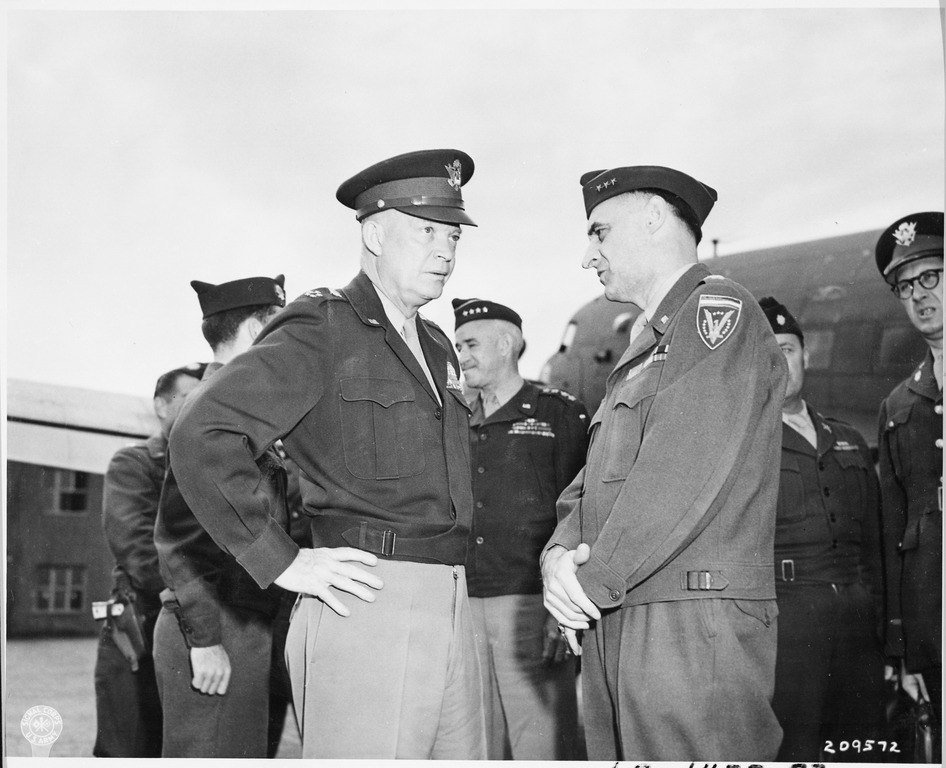
General Lucius Clay, one of the most famous American military commanders in the 20th century, was born on this day. He is known in particular for his role in Germany after World War II, when he was military governor of the American occupation zone. From this position he secured the famous “Berlin Airlift”, which was an act of defiance towards Soviet plans to blockade Berlin. Namely, the Soviets tried in 1948 to cut off the western occupation zones in Berlin from the rest of the Germany. General Clay then ordered for the western part of Berlin to be supplied by air, which was a huge logistical operation. In fact, during these operations, aircraft supplied the western part of Berlin, landing every 4 minutes 24 hours a day at the Tempelhof airport. This operation was successful and West Berlin managed to survive as an enclave in the midst of enemy territory.
General Lucius Clay originated from the American South, and he graduated from the famous West Point military academy. In 1942 he became the youngest general in the U.S. Army. At the end of the World War II he was Eisenhower’s deputy commander, and in 1947 was appointed to the powerful function of the military governor of the American occupation zone in Germany. It was the largest occupation zone in Germany (bigger than the Soviet, British, and French zones). It included the regions of present day Bavaria, Württemberg, Hessen, and Bremen, and part of Berlin. The administrative center of the American zone was in Frankfurt, in a huge building that once belonged to the company IG Farben. Like the military governor of most of Germany, General Lucius Clay had a great influence on post-war development of that country. A very interesting fact related to Clay is that both of his sons also became generals. One was Frank Butner Clay, who reached the rank of Major General (two stars), and the other was Lucius Clay Junior, who became commander-in-chief of the famous NORAD (North American Air Defense Command). He had the rank of four-star general, just like his father.




